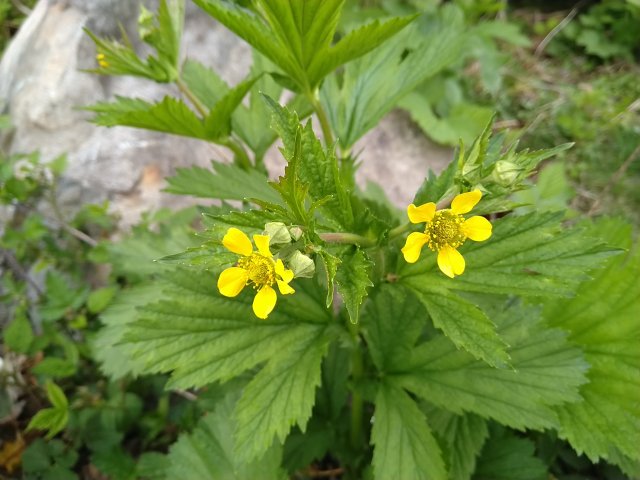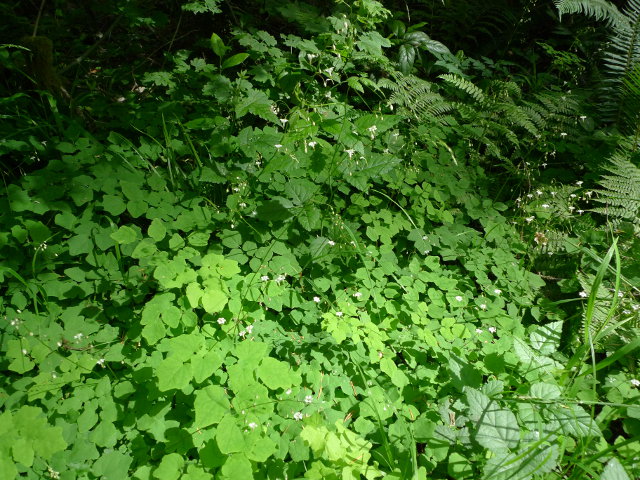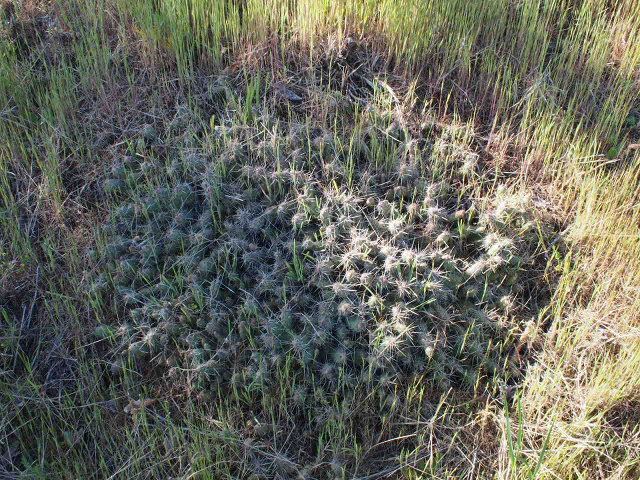Three Days in Hell
Published at 10:49 on 1 July 2021
I knew a heat wave of the sort the Pacific Northwest just experienced was going to happen eventually, I just thought eventually would take a lot longer than the year 2021 to arrive. Yet here we are.
It started about a week out, when one of the weather forecasting models started predicting simply insane temperatures. Instead of being a blip, an outlier, the other main accurate model quickly came on board, and then both models stuck with that forecast as the time approached. It was both surreal and frightening. By the time the forecast was within three days, it was clear that it was going to happen, for the simple reason that I have never seen a time when the forecasting models were this consistent, both from model to model and run to run, and not seen the modeled forecast come true at that time frame.
And come true it did, with absolutely surreal high temperatures. Portland came close to reaching the all-time record high for Las Vegas, and Seattle got hotter than Atlanta ever has. Beyond the immediate human cost is the ecosystem cost: our forests simply were not evolved to deal with such conditions, and already there are many reports of widespread tree injury of death. At this early stage, it is difficult to tell injury from death, but even if it is the former, the latter probably will not be that far behind, because the summers here are already warmer and drier than long-term norms, so even less-dramatic conditions can logically be expected to continue stressing trees until many succumb.
I do not see much evidence of this in my immediate area, but this area had both higher dew points and lower temperatures than most parts of this region during the heat wave, so it is to be expected that the immediately observable effects would be less here. There are plenty of reports of more dramatic and noticeable tree damage in other parts of the region out there, and I have no real reason to doubt them.
There is little, if anything, that I love more than the native forests of this region, and the realization of their impending demise fills me with both grief and rage simultaneously. May the future have mercy on our souls.





